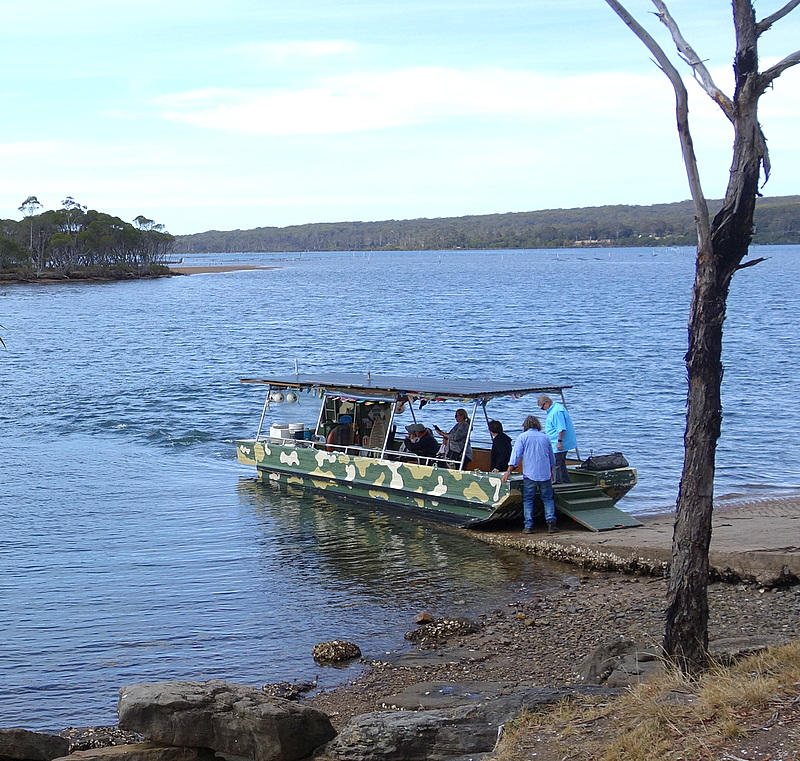
Lima gave me oh so much. But wait, how did I get to Lima without even telling you about Costa Rica and Panama? Patience, grasshopper. Because not the least of what Lima gave me was Covid, my first ever confirmed case. And so that threw a monkey wrench into my plans to get French Letters all caught up. So we’re going to be a little out of order here for a couple of days, and then, if Poseidon is willing, it will be smooth sailing, blog-wise, from here on out.

Let’s start with the fabulous, stupendous Museo Larco, possibly the most gob-smacking museum I’ve ever visited. Everything here is pre-Columbian, which is to say pre-Hispanic, representing 5000 years of art, with a special emphasis on ceramics. I walked through the mansion that houses this collection with my jaw dropped. The power and the beauty of the ancient artifacts is something you must see if you ever have the opportunity to visit Lima. Here’s just a tiny taste if Museo Larco’s eye candy.





And yet, I despair. These little glimpses don’t begin to capture the majesty, the sheer impossibility, of being surrounded by the vision and work of those who came so long before us, and whose treasures endure thanks to Rafael Larco Hoyle, who began the collection in 1926 when he was just 25 years old.

Lima is also full of modern history, which left behind many lovely Colonial-style buildings. This is the Cathedral, and I was there during a concert that was part of a festival celebrating the 489th anniversary of the founding of Lima. Which is probably where I picked up Covid, but that doesn’t mar my memory of wading through a sea of fiesta-goers, happy to be out enjoying the proud history of their city.

Some of the beautiful old buildings have been converted into hotels, or divided into private apartments.

Others are abandoned and are ripe for restoration, if only someone had the money to invest.


Modern day Lima ranges from the beautiful Miraflores district

with its lovely Parque del Amor, the Park of Love


to the Chorillos district, which is the center of all things fish. I heard that there were also favela-style shanty towns, but I didn’t see them myself. I loved the Chorillos waterfront with its fish market


and simple cafes for people to come and eat fish straight out of the net. And speaking of fish, I think I had ceviche three times during my brief visit to Peru. It’s surprisingly unphotogenic, however, consisting of a pile of impeccably fresh marinated raw fish with a couple of slices of sweet potato and some of the giant corn called choclo on the side of the plate. And that’s it. Really different from what I’ve eaten in the States, but intriguingly light and fresh.

There’s a fisherman’s cooperative

and they store their nets and gear together just off the foot of the dock.

And last, but certainly not least, is a park with a mind-boggling light and water show in the evenings.It costs just $1 dollar per person to enter, and so the place was full of families enjoying the spectacle. What they have is a series of fountains with beautiful colored lights, and in one spot they produce a show unlike anything I’ve ever seen. With accompanying music, and the fountains tuned to a fine mist, they rapidly project just about the whole history of Peru directly onto the water droplets. It’s quick, it’s ephemeral, and my camera wasn’t fast enough to catch much of it. But here’s the general idea.








So, all in all I have to forgive Lima for giving me Covid. In fact, if I had to get it this was at least in the service and pursuit of beauty. And now, I’m hoping that I will have immunity for the rest of the trip, and am thankful to have been able to visit this memorable city.


































































































